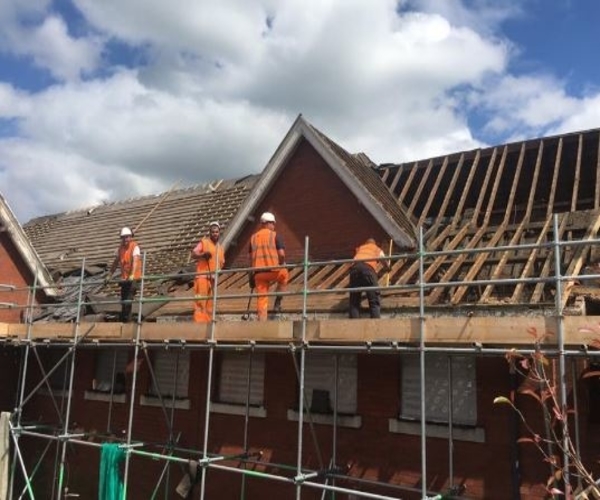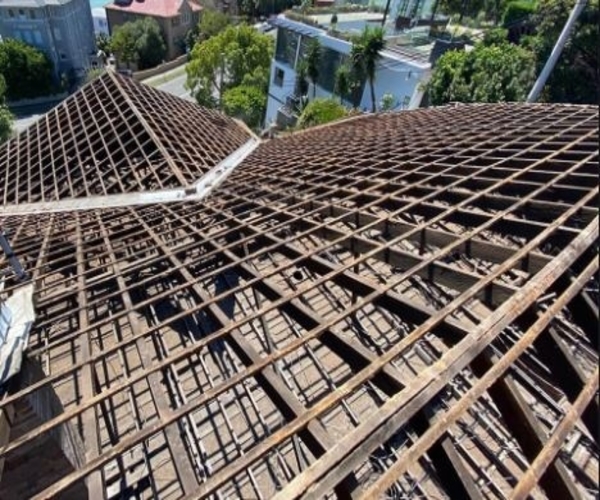Why are Building Regulations Necessary
Those employed in trades associated with building and construction know that such jobs can be dangerous. The machinery and equipment used, working at height, noise, and vibration, handling heavy materials and chemicals are just some of the danger construction workers will face. Also, given that owners, company staff and the public are never far from any construction site, they too are often put at risk.
Yet, according to Eurostat data for 2018, UK construction ‘consistently has one of the lowest rates of fatal injury across Europe.’ The figures (0.55 per 100,000 employees) are on par with Germany, and lower than countries like France, Italy, and Spain.
It’s fair to say that strict UK building regulations must take considerable credit for maintaining such a healthy safety record across the UK.
Demolition Work – A Case Study
While a building company employs skilled tradesmen to construct a building, a demolition company will employ a team of specialists to dismantle it. But before any work starts, the Building Act (1984) first requires an approval, generally referred to as a Section 80 Demolition Notice, to be issued by the relevant local authority.
In certain cases, a fistful of statutory approvals may be required for the demolition of a building. These could include permissions falling under the following:
– Town and County Planning Act 1990
– Planning (Listed Buildings and Conservation Areas) Act 1990
– Health and Safety at Work, Act 1974
– Management of Health and Safety at Work Regulations 1992
– Construction (Design and Management) Regulations 1994.



